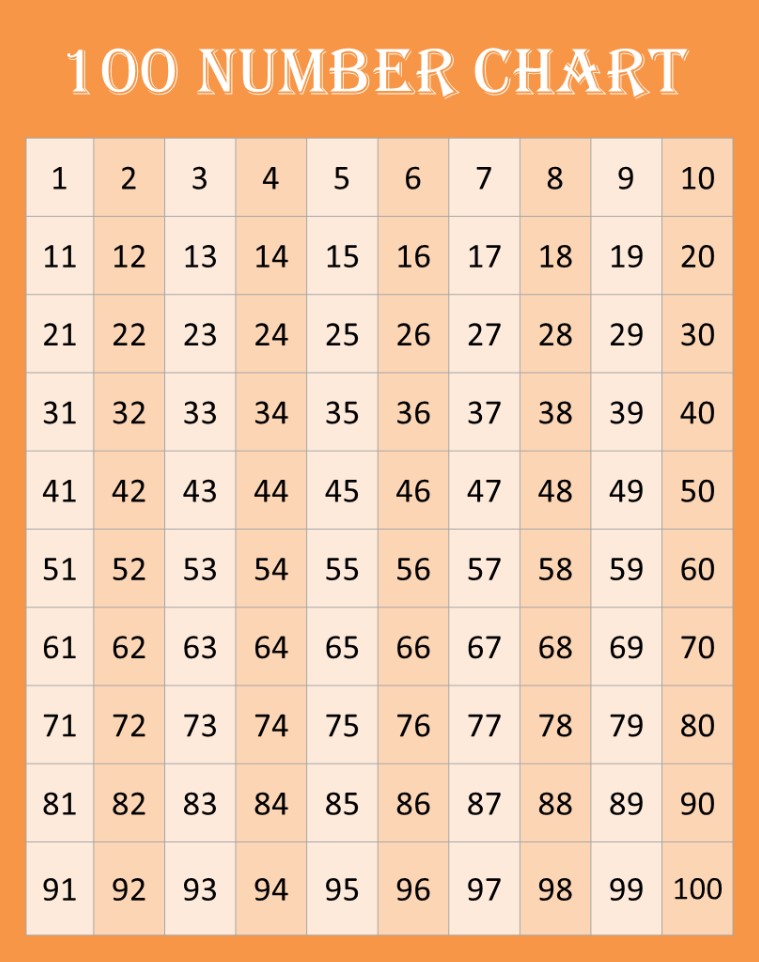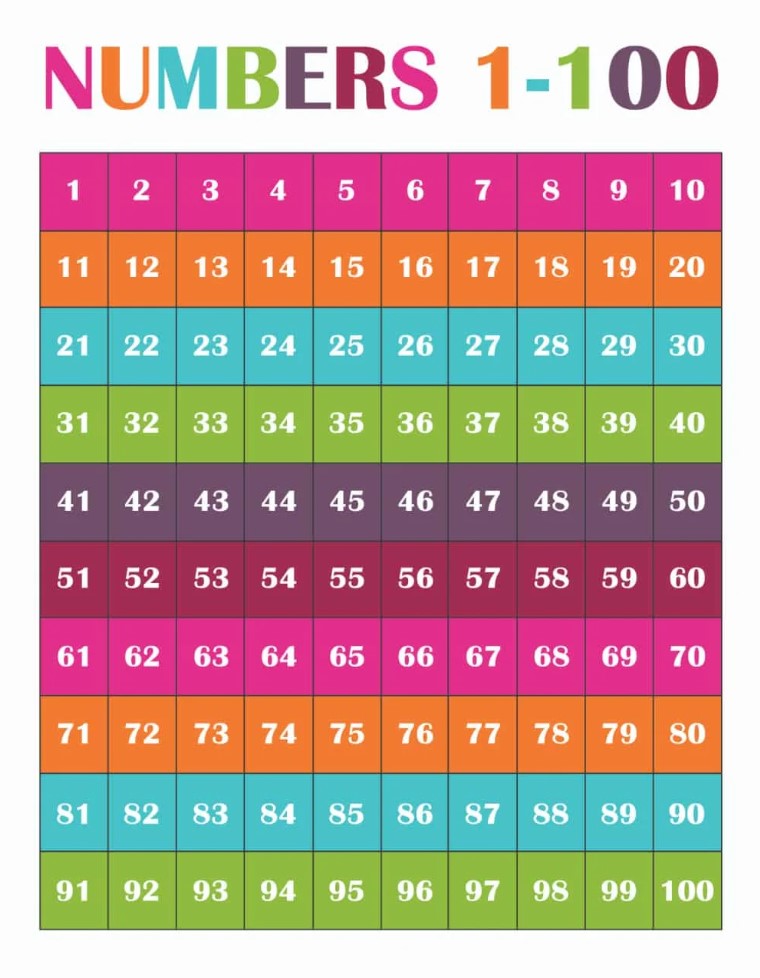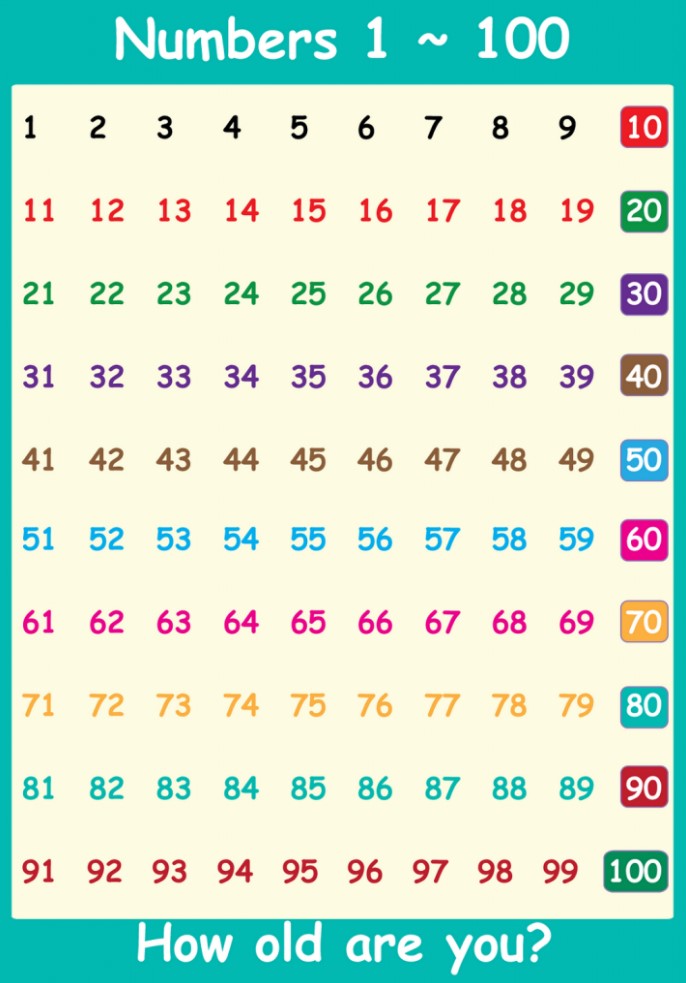In the realm of early childhood education and elementary mathematics, printable number charts have proven to be a valuable resource. These charts serve as visual aids that assist children in understanding number patterns, counting, and basic mathematical operations. Whether used in the classroom or at home, printable number charts provide an interactive and engaging learning experience that enhances numeracy skills. In this article, we will explore the benefits of printable number charts and their significance in fostering mathematical proficiency.

Visual Representation
Printable number charts offer a visual representation of numbers, making it easier for young learners to grasp abstract concepts. By presenting numbers in a clear and organized format, these charts help children recognize patterns, identify number sequences, and understand the relationships between different digits. Visualizing numbers in a chart form aids in developing number sense and lays a solid foundation for more complex mathematical operations in the future.
Counting and Number Recognition
One of the fundamental skills printable number charts promote is counting. Children can practice counting forward and backward using the sequential arrangement of numbers on the chart. Additionally, these charts aid in number recognition as children can visually associate numerals with their corresponding quantities. By repeatedly referring to the chart, children develop a stronger understanding of numbers and improve their counting abilities.

Basic Mathematical Operations
Printable number charts can also be used to introduce basic mathematical operations such as addition and subtraction. The organized layout of the chart enables children to visualize the addition or subtraction of numbers by moving along the chart’s rows or columns. This hands-on approach helps children understand the concepts of combining and separating quantities, laying the groundwork for more advanced arithmetic skills.
Multiplication and Division
As children progress in their mathematical journey, printable number charts can aid in learning multiplication and division. The grid-like structure of the chart allows for easy visualization of multiplication tables. By identifying rows and columns and their intersections, children can learn to multiply and divide numbers systematically. This methodical approach helps in memorizing multiplication facts and understanding the concept of division as the inverse operation of multiplication.
Interactive Learning
Printable number charts encourage active participation and engagement, turning learning into an interactive experience. Children can actively trace numbers with their fingers, color in specific patterns, or even play games using the chart. Such interactive activities not only make learning enjoyable but also help reinforce numerical concepts and enhance retention. Moreover, printable number charts can be customized with different colors and designs, making them visually appealing and capturing children’s attention.

Printable number charts are an invaluable resource for educators, parents, and children alike. Their visual representation of numbers, support for counting and number recognition, and facilitation of basic mathematical operations make them an effective tool for enhancing numeracy skills. By incorporating printable number charts into early mathematics education, children develop a strong foundation in numeracy and gain confidence in tackling more complex mathematical concepts. Whether in the classroom or at home, printable number charts provide an engaging and interactive learning experience that nurtures mathematical proficiency.